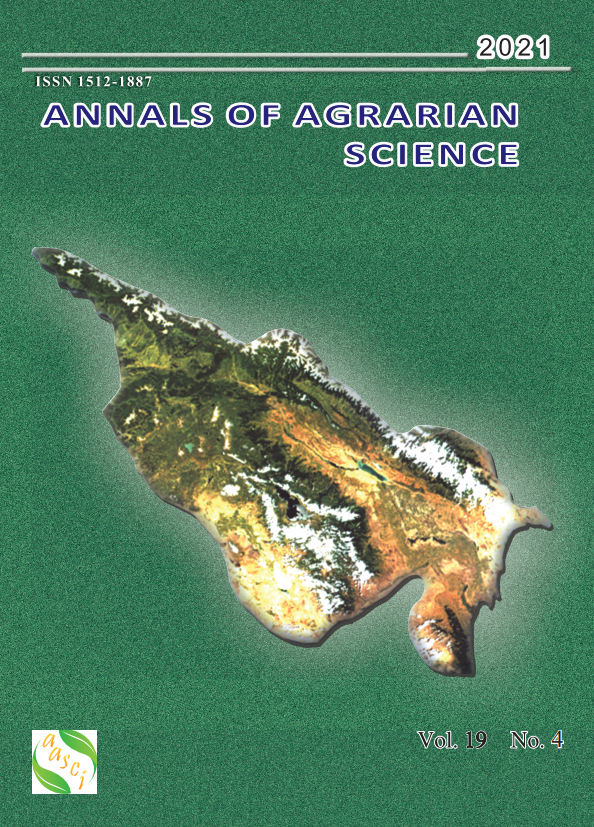Farming according to the Grand Defter of Gurjistan Vilayet of 1595
Keywords:
Gurjistan Vilayet, Liva, Nahiyah, Ottoman Defters, XVI century, FarmingAbstract
The article describes the economic situation, in particular, the tradition of Georgian farming culture, in the south-western part of Georgia concurred by the Ottoman Empire in the XVI century and called Gurjistan Vilayet by the Ottomans. Gurjistan Vilayet covered a great area of south-western Georgia, with only small part of it being a part of Georgia and the remained territory being a part of the Republic of Turkey, the legal successor of the Ottoman Empire. The study is mainly based on the Grand Defter of Gurjistan Vilayet. In the course of the study, the geographical objects (villages, sites of ancient villages, sowing areas, etc.) given by the Defter were identified, systematized and classified and the GIS database and relevant maps was developed. The objects plotted on the map were identified by comparing with other sources that was used to identify the types and amounts of taxes set by the Ottoman for the population, group them thematically and draw the picture of the economic potential of the region. It was found that the Georgian economic tradition was solid and sustainably profitable, but the Ottoman ideological press had certain effect on it.



